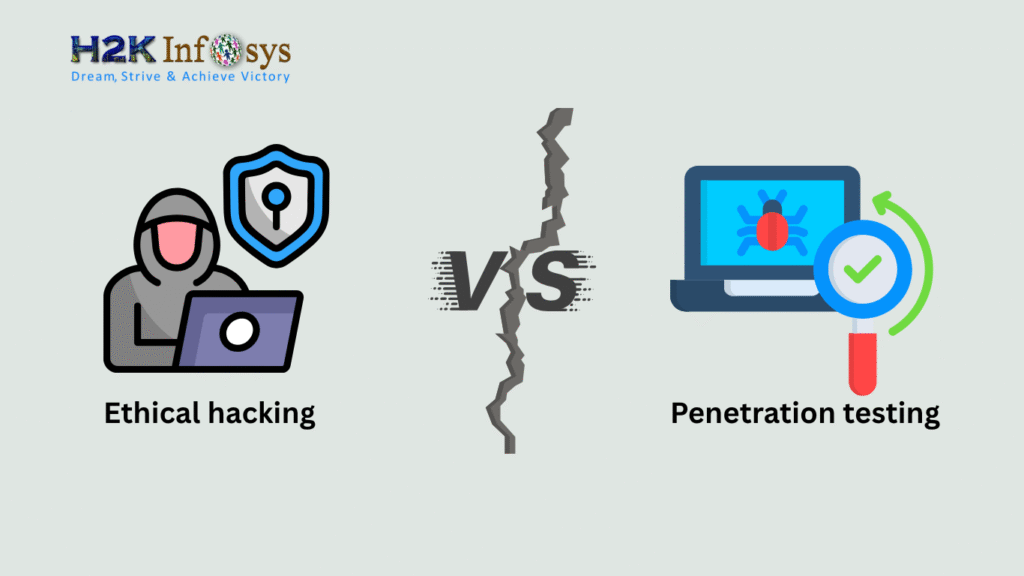We’re accustomed to thinking that learning something new equals growth. However, sorting through what you already have is more crucial for modern businesses than scrambling to find new solutions. Your progress will be more powerful and fluid if you have a strong foundation. And since the ultimate goal of any product is quality, today we will discuss quality assurance (QA). in particular, how it affects your project and how you might enhance it to expand into new areas. To learn more, check out the Quality Assurance certification course.
The Indices That Your QA Process Needs to Be Improved
QA takes the initiative. It makes an effort to uphold high standards for quality-related procedures so that both the process and the result are competent. Put differently, you can determine that you require a solution without having to wait and see how things work out.
Frequent Critical Bugs In Production
It’s never good to patch bugs at the last minute. However, it does occur occasionally. The most crucial element is that any problems are fixed by your team prior to launch. However, there are probably holes in your QA process if important problems are routinely making their way into production. Your quality assurance procedures might not be sufficiently strong to identify errors on time.
Extended SDLCs
Take note of the development and QA teams if you observe extended test or release cycles. The pipeline for software delivery may be slowed down by ineffective testing. Furthermore, delays cause you to react slowly to shifts in the market and client expectations. Therefore, poor quality assurance procedures jeopardise not just the product’s existence but also its quality.
Low Test Case Reusability
Reusing test cases in various contexts is known as test case reusability. It enables you to reduce the work and redundancy of testing. However, this halts the development of your product because you have to write new tests for every new scenario. Rather than continuing, you keep returning to write more cases. These problems imply that your group might not possess the necessary expertise to develop flexible assessments.
Effortful Test Maintenance
Modifications to the features, functionalities, or requirements of software are frequent. You must update your test cases to reflect any changes to the product in order to maintain the efficacy of your testing. However, if you devote too much time and money to upkeep, your present testing won’t be fit for use for a long time. This ultimately suggests that the QA procedures are flawed.
Lacking Traceability
Without visibility, it is impossible to determine the root of a problem. It is possible for a poor quality assurance procedure to overlook the correlations between requirements, test cases, and problems. Furthermore, it is more difficult to identify flaws in your SDLC since you are unable to evaluate its general health in the absence of appropriate performance indicators.
Limited Collaboration
Misunderstandings and misalignments may arise from inadequate communication between the development, testing, and other departments. The value of cross-functional teamwork may not be emphasised by a poor quality assurance procedure. And this “escaping quality” results from this lack of mutual understanding. Your product is gradually eroded until nothing but the pointless habit remains.
Arduous Upgrades & Scaling
Your QA process needs to be adjusted if you have trouble scaling existing features or introducing new ones. Software development is boring when quality assurance processes aren’t flexible. Therefore, you should reevaluate your QA procedures if you find post-production issues, delays, or performance declines.
Excessive Manual Testing
Testing by hand takes a lot of time and is prone to human mistakes. It may still be more than plenty for some products, though. However, relying too much on manual testing in big projects might cause unneeded delays and an increase in defects. Automation might not be used to its full potential in a subpar QA process. It would, in a sense, prevent your business from releasing better and faster products.
Degraded User Satisfaction
Underlying QA issues frequently cause a drop in client satisfaction or project success. Inadequate testing practices, a lack of teamwork, or insufficient test coverage might result in problems that go unnoticed and lower the software’s overall quality.
Improving the Quality Assurance Process Step by Step
Knowing what you have to work with is essential to improving anything. You may already be aware of the changes you need to make if you can relate to any of the problems from the previous section. But exercise caution while making snap decisions. Experience has proven that some issues are hidden. Furthermore, some are unrelated to obvious inefficiencies. Therefore, make sure anything needs to be fixed before deciding to change it.
Analyse Your Software
Start by carefully going over your software to find any potential dangers or difficulties. Recognize the subtleties of the dependencies, system design, and codebase. This analysis aids in identifying problem areas and creating focused testing plans. You can better identify cause-and-effect links between various procedures by utilising the project knowledge of your entire team.
Evaluate Your Business Goal
Make sure your QA initiatives are in line with the main business objectives. Take into account both the overall growth stage goals and the strategic ones. This guarantees that your quality assurance procedure isn’t just concentrated on technical elements but also adds to the product’s overall success.
Investigate Existing QA Process
Identify the people and resources involved in your present quality assurance process and evaluate it. Recognize the tasks and duties assigned to team members as well as the methods and tools being used. These evaluations shed light on the advantages and disadvantages of the current activities.
Set Priorities
Sort your quality assurance work according to risk. Critical issues can be resolved first, and resources can be allocated appropriately. And observing what genuinely works and what requires improvement might be aided by making small adjustments. Concentrate on enhancing the QA process as a whole with intelligence. Additionally, avoid attempting a complete makeover. Your quality assurance should advance with the project.
Prepare An Improvement Plan
Have faith in the collective knowledge and experience of your team. It will assist in developing a plan for improving the QA procedure. And if you think something is lacking, work with other specialists to create a thorough plan. Don’t let this task overwhelm you. It is possible to reverse-engineer your perfect improvement plan. Start small, for example, then work your way up in QA. Expand them to include concrete actions, deadlines, and quantifiable targets by connecting them to overarching project goals.
Implement The Refinement Program
Only enter the execution mode once the required staff and paperwork are in place. You will simply have more loose ends if your operations are just partially completed. Make certain that all parties are aware of their respective roles and obligations. Share updates on a regular basis, and be prepared to modify the strategy in response to suggestions and changing project needs.
Conclusion Improving your testing process might have a cascading effect on your business. It can accelerate releases, quicken development, upskill team members, and unite disparate divisions. All for the ostensibly unachievable objective of flawless perfection. It’s all made feasible by good QA. Its optimization is exclusive to your project. Check out the Quality Assurance training to learn more.























